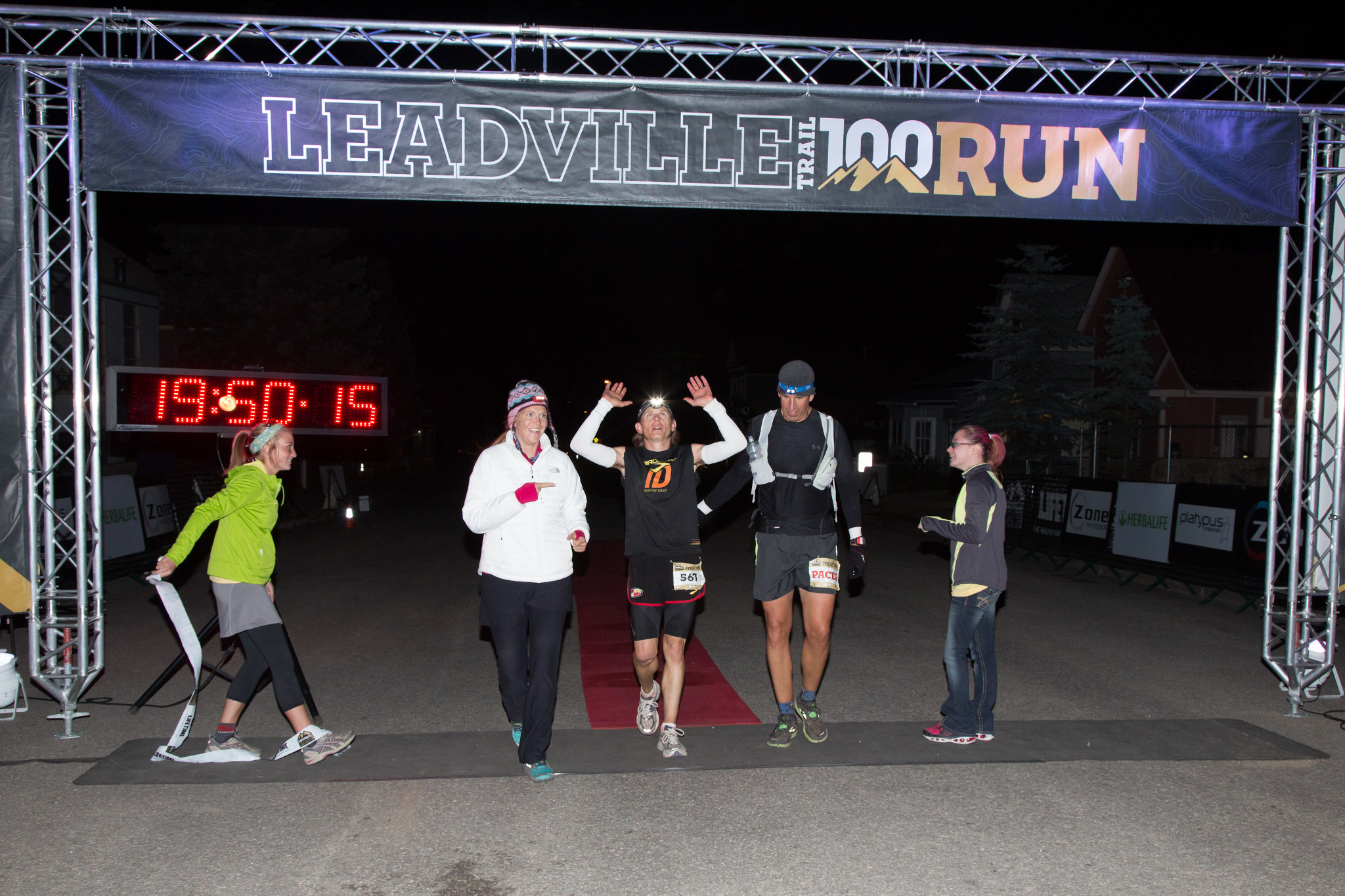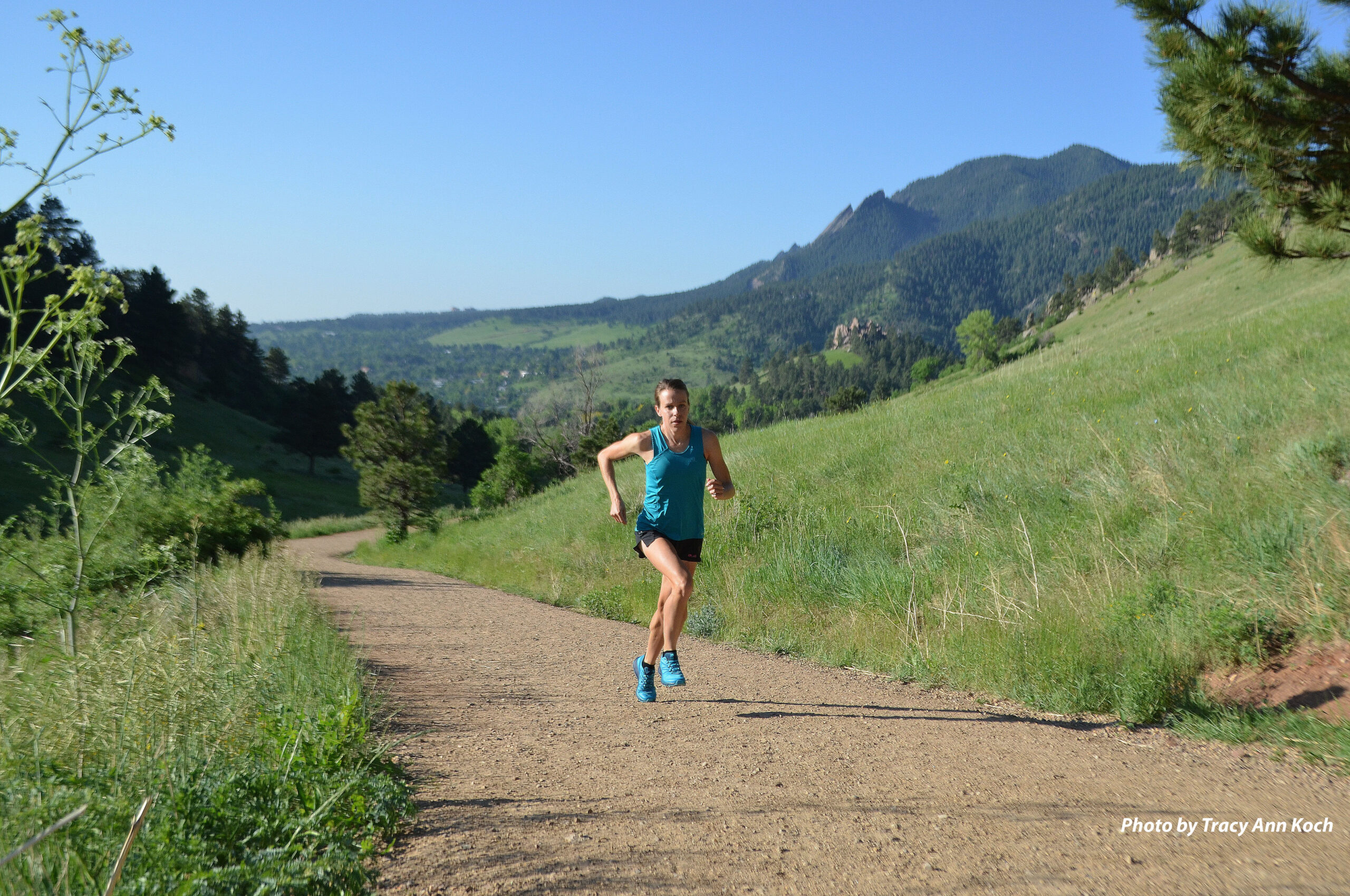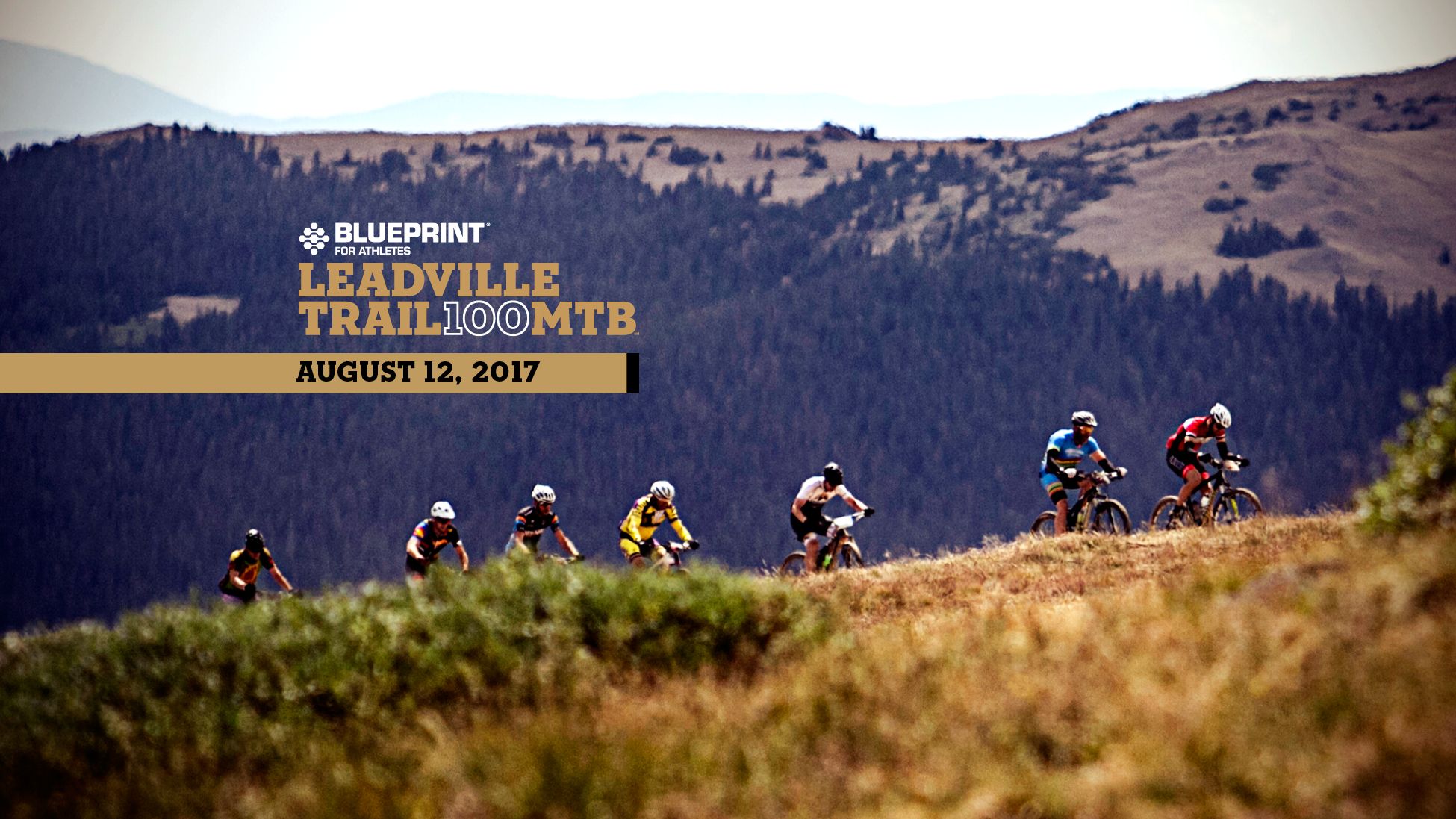An Interview with 2013 Leadville Trail 100 Run Male Champion Ian Sharman
After racking up miles running ultras around the world, Brit Ian Sharman now adds a Leadville win to his racing resume.
You have quite the resume that includes some of the world’s most epic ultras. Why add Leadville to that list?
I’m running the Grand Slam of ultrarunning, one of the iconic challenges in the ultra world and Leadville is race number three of four. All are 100 milers, starting with Western States back in June, then Vermont in July and finishing with Wasatch Front on September 6.
Leadville’s a big, old, famous race so I’ve always wanted to run it, but the Grand Slam was the perfect excuse.
After your win on Sunday you said in a post-race interview: “I just want to stop running. Everything hurts.” Now that we’re a couple days out, are you ready to get back out there yet?
I’m excited about the final race of the Slam but won’t run much before then. It’s all about recovery between these races since the gaps are either three or four weeks each time.
What recovery protocol are you following as you prepare for Wasatch?
One week of rest and just walking, then mainly hiking with minimal running. Recovery is much more important than runs to train my body — it’s too late to get any fitter now.
How did the Leadville terrain compare to all that you’ve experienced in your running career?
I was surprised how flat long sections are. The big climbs are separated by really runnable sections, so I saw these on the way out and tried to conserve energy to be able to run them well on the way back.
I’ve run in a lot of different countries in deserts, jungles, mountains and just about every type of terrain I can find. So I liked the variation of the LT100 course with Hope Pass being the most spectacular part and a place I’d like to see again outside of the race.
Since you’re tackling the Grand Slam this summer, and just came off two 100s, you paced yourself accordingly at Leadville. Seems this strategy paid off in the end, right (even though your body revolted for a period)? Was there ever a point where you were prematurely tempted to push the pace a bit more?
My main goal was to run a good time and see how close to the front I’d end up, so I stuck to my plan to keep the intensity low to keep me feeling good for as long as possible. That meant a lot of power hiking, and I barely ran any uphills above about a 5% gradient.
When I moved into second before the top of Hope Pass the first time I was tempted to try to catch Mike Aish as soon as I could. But I held back since there were plenty of miles left and I knew he’d not finished a 100-miler before, so those last 30 miles can be difficult to navigate. I hoped my experience and consistency would be enough, and luckily it was.
As a coach, what is the top problem that your clients want you to help them solve?
There can be any number of things people want to improve, but usually the biggest gains are from working on their ability to run well toward the end of an ultra. Whether it’s 50K or hundreds of miles, more time is lost from slowing down than is gained from ‘bagging’ time early on by going faster. So tactics, pacing and endurance are what I spend a lot of time helping people with.
What’s your favorite running mantra? Does it stay consistent, or change depending on the race?
It’s important not to let the negative thoughts get in the way, and I always ask myself why I choose to do 100s when it’s late in the race and everything feels bad. I find it really helps to have several strong reasons to motivate yourself and to draw on these regularly. They’re different for everyone but one that works well for me is a reminder that I’ve been working hard all day through a race, so if I give up then that’s all wasted.



